How To Use Row Machine At Gym
Do you ever wonder how to use the row machine at the gym? Well, wonder no more! In this article, we will show you step-by-step instructions on how to set up and use this exciting new machine. Whether you’re a beginner or a seasoned gym-goer, you’ll be rowing like a pro in no time. So, grab your water bottle, put on your favorite workout outfit, and let’s get rowing!
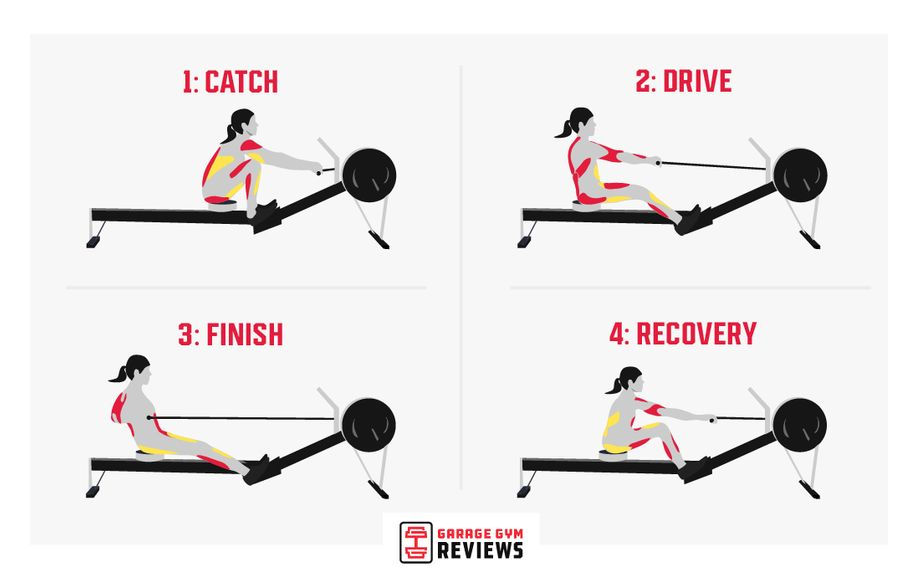
Setting Up the Row Machine
Adjusting the Footrest
Before you start using the row machine at the gym, you need to adjust the footrest to ensure a comfortable and secure position. Look for the footrest adjustment lever on the row machine and release it. You can then slide the footrest forwards or backward according to your foot size. Once you’ve found a comfortable position, make sure to tighten the footrest adjustment lever to secure it in place. Adjusting the footrest properly will help you maintain stability and maximize the efficiency of your rowing workout.
Adjusting the Resistance
The row machine allows you to adjust the resistance level to make your workout easier or more challenging. Look for the resistance adjustment dial or lever, usually located near the rowing handle. Turn the dial or move the lever to increase or decrease the resistance. If you’re just starting out, it’s a good idea to begin with a lower resistance and gradually increase it as you become more comfortable with the rowing machine. Adjusting the resistance will help you tailor your workout to your fitness level and goals.
Checking the Seat Position
To ensure a proper rowing technique and a comfortable workout, it’s important to check the seat position on the row machine. Take a seat on the row machine and make sure the seat is sliding smoothly along the rail. If you experience any resistance or difficulty in moving the seat, double-check that the rail is clean and free from any debris. Additionally, ensure that the seat is aligned straight and centered on the rail. A correctly positioned seat will allow for a smooth rowing motion and reduce the risk of discomfort or injury.
Safety Precautions
Warming Up
Before you start your rowing workout, it’s essential to warm up your muscles to prevent injuries and prepare your body for exercise. You can warm up by performing dynamic stretches or light cardio exercises such as jogging or cycling for about 5-10 minutes. This will increase blood flow to your muscles and loosen them up, making you ready for a more intense rowing session. Remember, warming up is a crucial step in any exercise routine, as it helps prevent muscle strains and promotes a safe and effective workout.
Maintaining Proper Form
Maintaining proper form and technique while using the row machine is crucial to maximizing the benefits of your workout and avoiding injury. Sit up straight on the row machine with your back flat and shoulders relaxed. Keep your chest lifted and engage your core muscles to support your spine. When pulling back on the rowing handle, use your legs, hips, and core muscles rather than relying solely on your arms. Proper form will not only ensure a more efficient workout but also protect your joints and muscles from unnecessary strain.
Using a Spotter
If you’re new to using the row machine or if you’re attempting a higher intensity workout, having a spotter can provide an extra level of safety. A spotter is someone who can observe your rowing technique and offer guidance or assistance if needed. They can help you maintain proper form, prevent any accidents, and provide encouragement during your workout. It’s always a good idea to have someone knowledgeable and experienced with rowing nearby, especially if you’re pushing yourself to new limits.
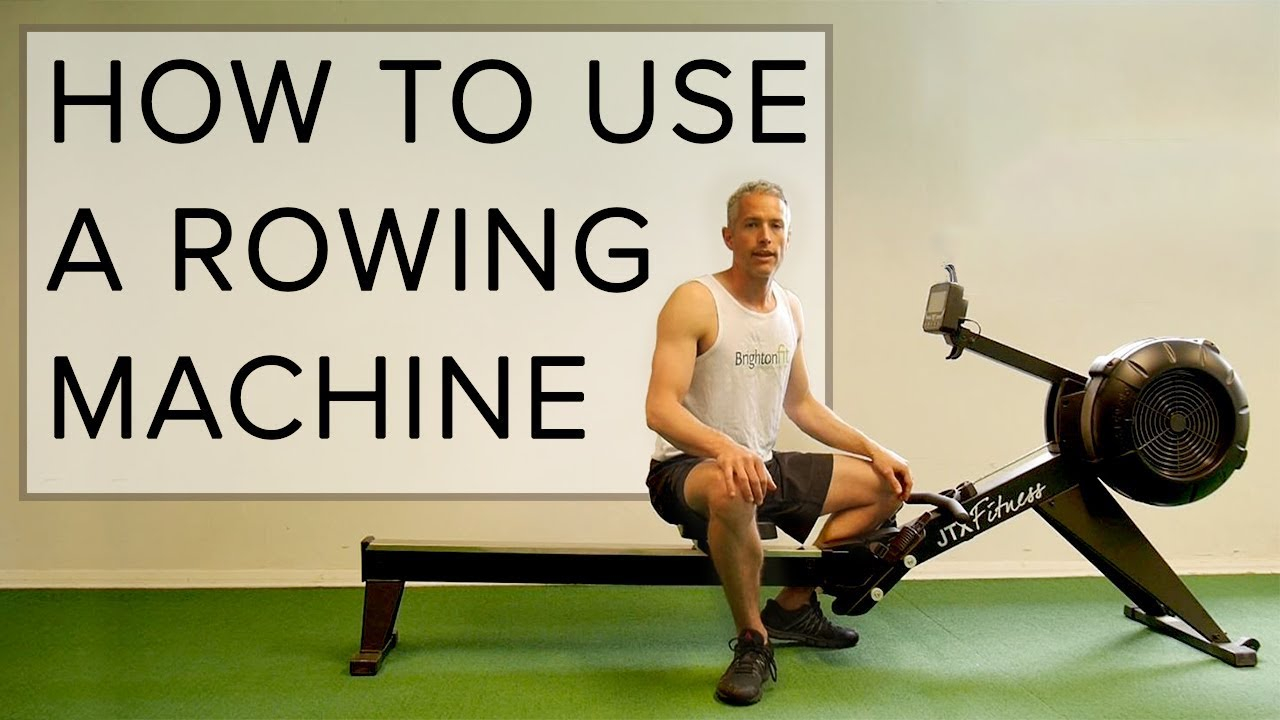
Starting Your Rowing Workout
Strapping In
Before you start rowing, make sure to secure your feet by strapping them into the footrests. Place your feet in the footrests, ensuring that the straps are over the balls of your feet. Pull the straps tight to secure your feet, but not too tight to restrict circulation or cause discomfort. The straps should hold your feet in place, allowing you to push against the footrests during the rowing motion. Strapping in properly is essential to maintain stability and generate power from your legs during each stroke.
Gripping the Handle
Next, you need to grip the rowing handle correctly. Hold the handle with an overhand grip, keeping your wrists straight and relaxed. Avoid using a grip that is too tight as it can cause unnecessary strain on your hands and forearms. Maintain a comfortable grip that allows you to move the handle smoothly and maintain proper form throughout your workout.
Positioning Your Feet
To ensure an effective and efficient rowing motion, position your feet correctly on the footrests. Place the balls of your feet on the footrests, keeping your heels firmly planted. Your knees should be bent and slightly apart, allowing for a comfortable rowing motion. Positioning your feet properly will ensure that you can generate power from your legs and maintain stability throughout your entire rowing workout.
Basic Rowing Technique
Catch Phase
The catch phase is the starting position of the rowing stroke. Begin by sitting upright with your knees bent, feet securely strapped in, and your arms extended straight out in front of you, holding the handle. From this position, lean forward from your hips while keeping your back straight. Your shoulders should be slightly in front of your hips, and your knees should be close to your chest. This is called the catch position. It’s important to maintain a relaxed grip on the handle and engage your core muscles during the catch phase.
Drive Phase
Once you’re in the catch position, it’s time to initiate the drive phase. Push through your legs while maintaining a strong core and lean back slightly. As your legs extend, begin pulling the rowing handle towards your lower ribs. Keep your elbows close to your body and allow your upper body to hinge back naturally. The drive phase is where the majority of the power comes from, so make sure to engage your leg and core muscles to generate force.
Finish Phase
After completing the drive phase, transition into the finish phase. As you lean back, pull the handle towards your upper abdomen or lower chest. Your elbows should be bent, and your wrists should be slightly higher than your elbows. Maintain a relaxed grip on the handle, and focus on squeezing your shoulder blades together. This phase helps to engage your back muscles, providing a complete and efficient rowing motion.
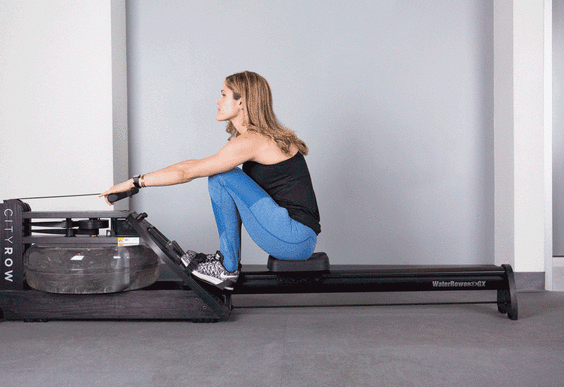
Common Mistakes to Avoid
Rounded Back
A common mistake when using the row machine is rounding your back during the rowing stroke. This can lead to poor posture and increase the risk of injury. To avoid this, make sure to sit up straight with your back flat throughout the entire rowing motion. Engage your core muscles and focus on maintaining proper alignment to protect your spine and promote a safe and effective workout.
Pulling Too Hard
Another mistake to avoid is pulling too hard on the rowing handle. While it’s important to generate power during the drive phase, pulling too hard can strain your muscles and joints. Instead, focus on a smooth and controlled motion that incorporates the power of your legs, hips, and core. Remember that rowing is a full-body exercise, and excessive force on the handle is not necessary for an effective workout.
Short Strokes
Using short strokes is another common mistake that can limit the effectiveness of your rowing workout. Your strokes should be long and fluid, allowing for a full range of motion. Make sure to fully extend your arms, legs, and back during each stroke, focusing on driving through your legs and engaging your core. This will help you maximize the benefits of rowing and achieve a more efficient workout.
Tips to Improve Your Rowing
Focus on Rhythm
To improve your rowing technique, it’s essential to focus on rhythm. Try to establish a consistent and smooth rhythm throughout your rowing workout. This means maintaining a steady pace and timing your strokes to flow seamlessly. Pay attention to the timing of your leg drive, body lean, and arm pull to create a synchronized and efficient rowing motion.
Engage Your Core
Engaging your core muscles is key to a successful rowing workout. Your core provides stability and power during each stroke. Focus on contracting your abdominal muscles throughout the entire rowing motion. This will help support your spine and transfer power from your legs to your upper body. Remember to maintain a straight back and avoid slouching or hunching forward.
Use Your Legs
Your leg muscles are the largest and strongest muscles in your body, making them essential for generating power during rowing. To improve your rowing, focus on using your legs to initiate the drive phase. Push through your heels and engage your quadriceps, hamstrings, and glutes to drive the seat back. This will help you generate more power and make your rowing strokes more efficient.
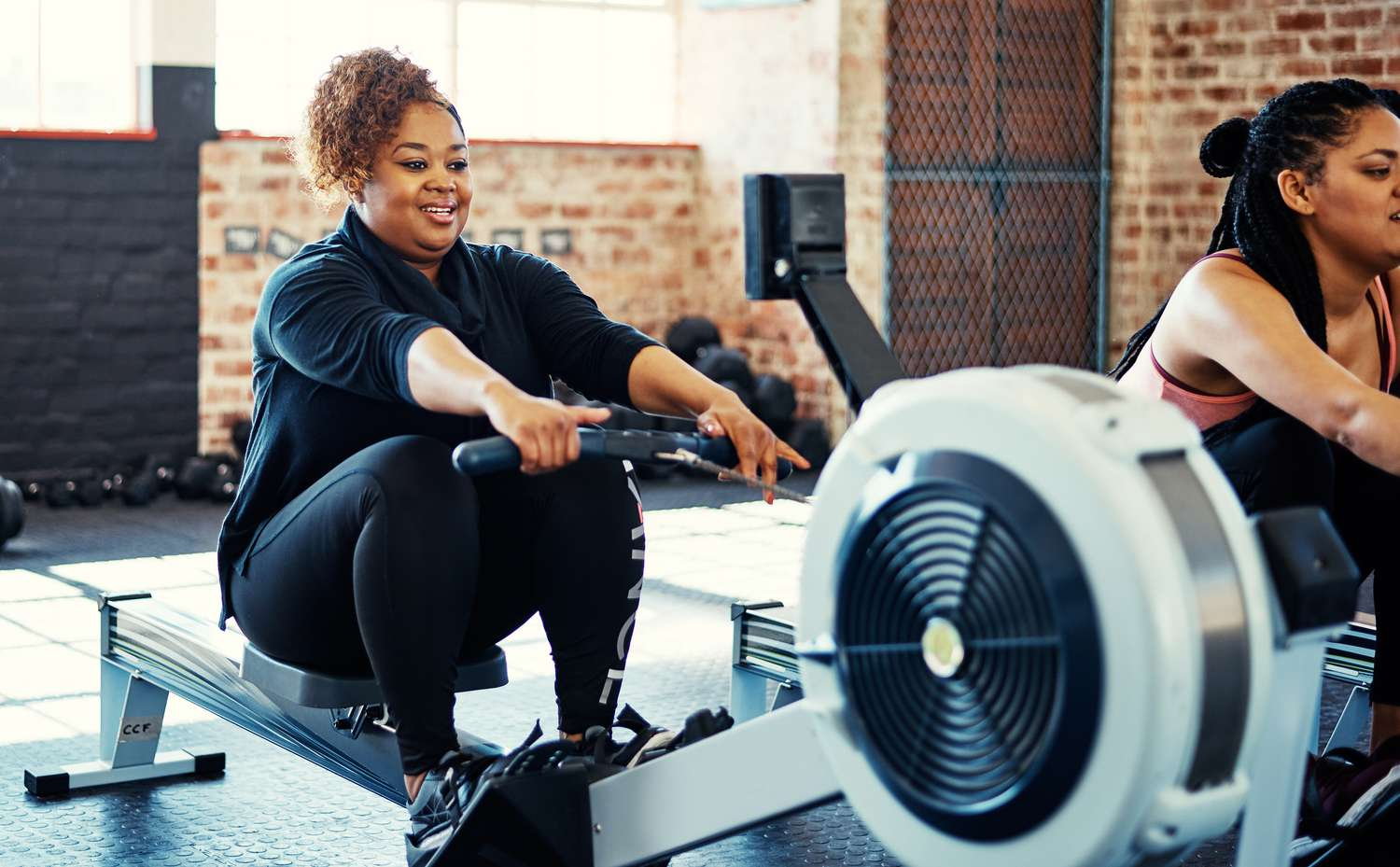
Workout Programs for Rowing
Endurance Training
Endurance training on the row machine focuses on building stamina and cardiovascular fitness. To train for endurance, aim for longer, steady-state rowing sessions at a moderate intensity. Start with a comfortable pace and gradually increase the duration of your workouts as your fitness improves. By gradually increasing the time you spend rowing, you’ll build up your endurance and improve your cardiovascular health.
Interval Training
Interval training involves alternating between periods of high-intensity rowing and active recovery. This type of training is an excellent way to improve both your cardiovascular fitness and your rowing performance. Start with a warm-up row, then alternate between short bursts of high-intensity rowing and periods of lower intensity rowing or rest. For example, row at a fast pace for 30 seconds, then row at a slower pace or rest for 30 seconds. Repeat this cycle for a set number of rounds or a specific duration.
Strength Training
Rowing is not only a cardiovascular exercise but also a great way to build strength. To incorporate strength training into your rowing workouts, focus on rowing at a higher resistance level for shorter intervals. This will challenge your muscles and help build strength in your legs, core, back, and arms. Include specific rowing drills, such as rowing sprints or rowing intervals with a higher resistance, to target your muscles and improve your overall strength.
Rowing for Weight Loss
Cardiovascular Benefits
Rowing is an excellent exercise for weight loss because it provides a cardiovascular workout that engages multiple muscle groups. When rowing, your heart rate increases, helping you burn calories and improve your overall cardiovascular fitness. The continuous motion of rowing also keeps your muscles active, resulting in a higher calorie burn compared to other forms of exercise.
Calorie Burning Potential
Rowing has a high calorie-burning potential, making it an effective exercise for weight loss. The number of calories burned during rowing depends on various factors such as your weight, rowing intensity, and duration. On average, rowing can burn between 400 and 800 calories per hour. By incorporating rowing into your regular exercise routine, you can create an energy deficit, leading to weight loss over time.
Combining Rowing with Other Exercises
To enhance the effects of rowing for weight loss, you can combine it with other exercises. Cross-training by adding activities such as strength training, cycling, or running can help keep your workouts diverse and prevent boredom. Including a variety of exercises in your routine will engage different muscle groups and maximize your overall calorie burn. Remember to consult with a fitness professional or your doctor before starting any new exercise program.
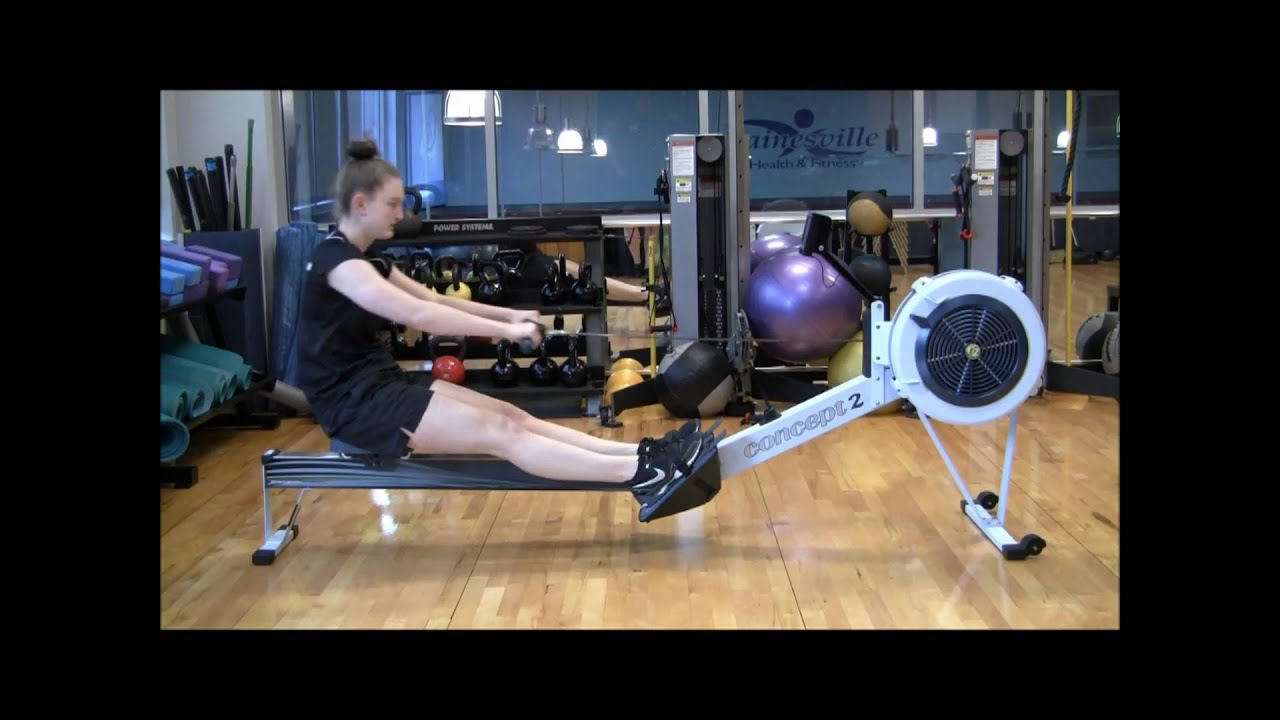
Rowing Machine FAQs
Is Rowing Good for Beginners?
Yes, rowing is an excellent exercise for beginners. It is low-impact, meaning it puts less stress on your joints compared to activities like running or jumping. Rowing also engages your whole body, making it a great way to kickstart your fitness journey. Just make sure to start slowly, focus on proper form, and gradually increase the intensity and duration of your rowing workouts.
How Long Should I Row?
The duration of your rowing workouts depends on your fitness level and goals. If you’re a beginner, start with shorter sessions of about 10-15 minutes and gradually increase the duration as you become more comfortable. For intermediate or advanced rowers, aiming for 30 minutes to an hour of rowing can provide an effective workout. Remember to listen to your body and take rest days as needed to allow for recovery.
Can Rowing Help with Back Pain?
Rowing can be beneficial for managing back pain. Since rowing is a low-impact exercise, it puts less stress on your back compared to higher-impact activities like running. The fluid motion of rowing also helps to improve your posture and strengthen the muscles that support your spine. However, if you have a pre-existing back condition or chronic pain, it’s essential to consult with a healthcare professional before starting a rowing program.
Maintaining and Cleaning the Row Machine
Regular Inspections
To keep your row machine functioning properly and ensure your safety, it’s important to perform regular inspections. Check the row machine for any loose or damaged parts, such as the footrests, seat, or handle. Make sure the resistance mechanism is working smoothly and inspect the rail for any signs of wear or damage. By regularly inspecting your row machine, you can identify and address any issues early on, preventing further damage or potential accidents.
Lubricating the Chain
The chain on the row machine requires regular lubrication to maintain smooth and efficient operation. Apply a small amount of lubricant to the chain, following the manufacturer’s recommendations. Use a clean cloth to wipe away any excess lubricant to prevent any dripping or accumulation of dirt. Regularly lubricating the chain will help reduce friction and ensure a smoother rowing motion.
Cleaning the Seat and Handle
The seat and handle of the row machine can accumulate sweat and dirt over time. It’s important to keep these components clean to maintain hygiene and prevent any discomfort during your workouts. Use a mild detergent or anti-bacterial wipe to clean the seat and handle regularly. Make sure to thoroughly dry them afterward to prevent any moisture buildup. Cleaning the seat and handle will help ensure a pleasant and comfortable rowing experience each time.
By following these setup instructions and incorporating the recommended safety precautions, techniques, and tips, you can make the most out of your rowing machine workouts. Whether you’re aiming to improve your fitness, lose weight, or strengthen your muscles, rowing can be an enjoyable and effective form of exercise. Remember to start at your own pace, maintain proper form, and always listen to your body. The row machine offers a versatile and challenging workout that can benefit people of all ages and fitness levels.

